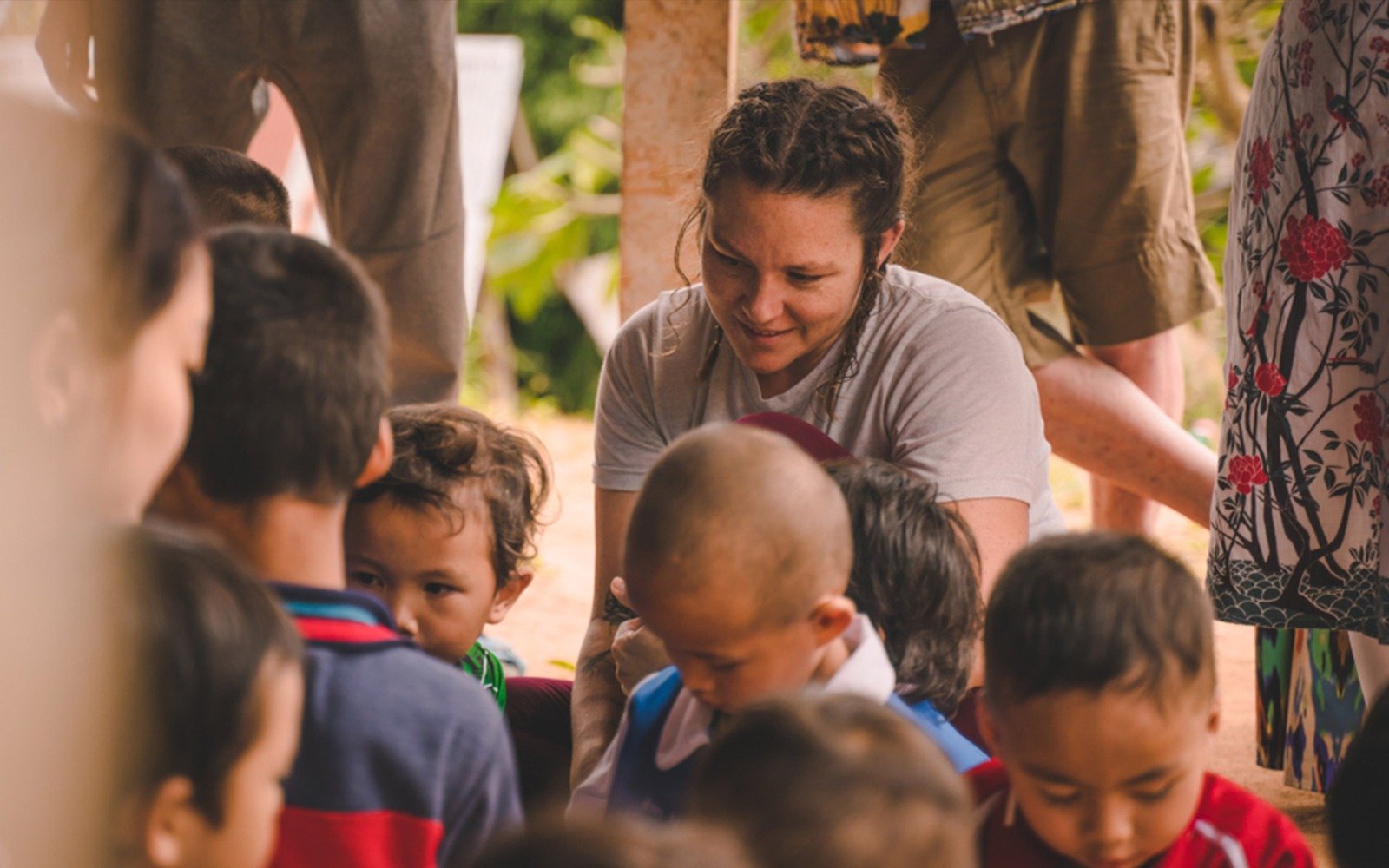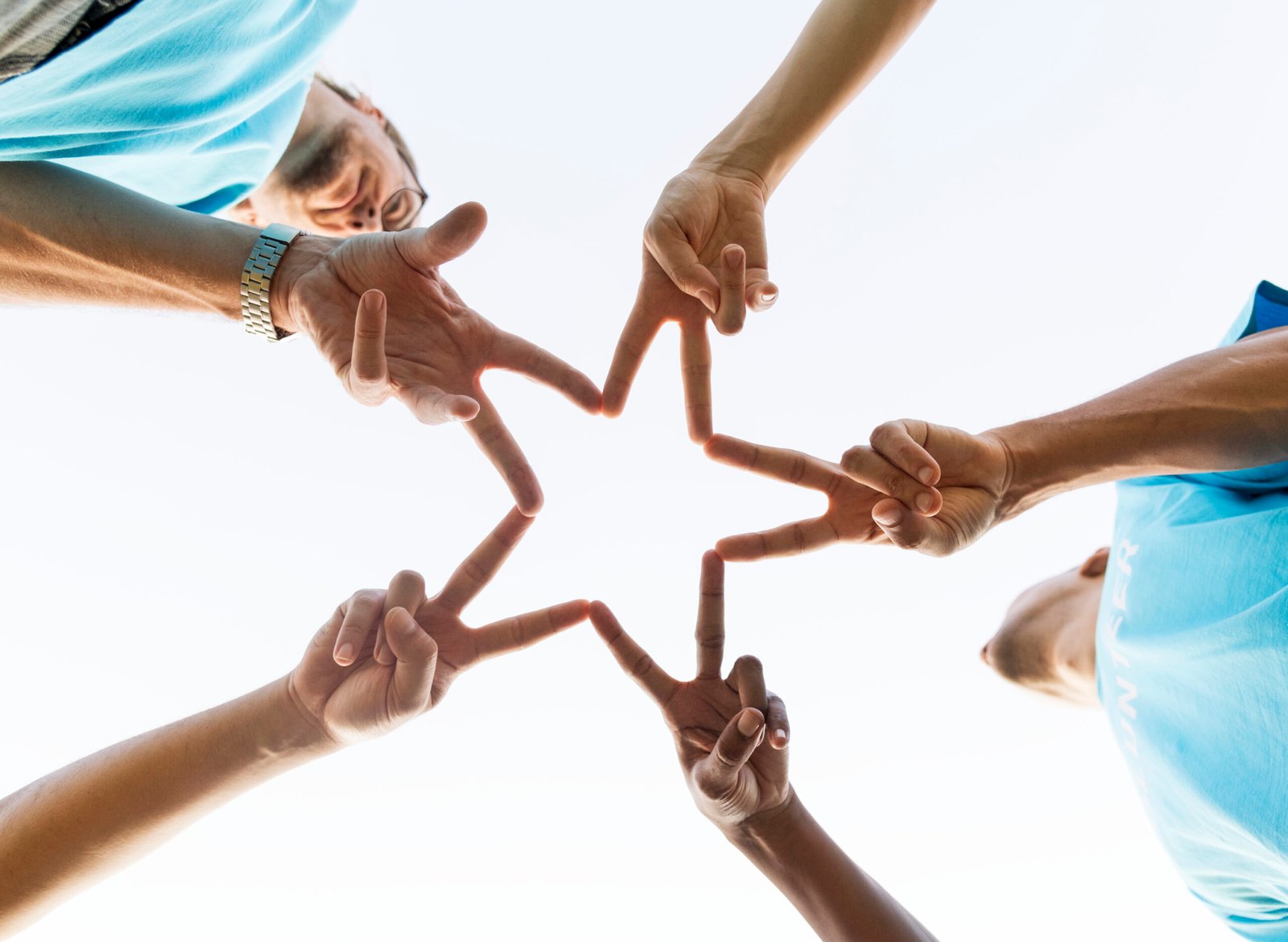Children’s Rights: A Shared Community Responsibility
Children’s rights are among the most important humanitarian issues that require continuous attention and care. Children’s rights are defined as a set of basic rights that ensure children live with dignity and safety, providing them with the appropriate environment for growth, learning, and enjoying mental and physical health. It is important to recognize that protecting children’s rights is not the responsibility of one individual or organization alone; rather, it is a societal responsibility that requires the concerted efforts of families, government institutions, civil society, and the media. In this article, we will discuss in detail the role of the community in all its components in protecting children’s rights.
The Role of the Family in Protecting Children’s Rights
The family is the fundamental building block of a healthy society and has the largest role in protecting children’s rights. Family responsibilities include:
1. Providing Basic Care: This includes food, shelter, and healthcare. The family is responsible for providing the basic needs that ensure healthy and sound growth for the child.
2. Education and Upbringing: By instilling moral and social values and teaching the child their rights and duties. Good education and upbringing contribute to raising a generation aware of their rights and capable of claiming them.
3. Protection from Violence: The family must be a safe environment where the child feels love and security, free from any form of violence or abuse.
The Role of Government Institutions in Protecting Children’s Rights
Governments play a critical role in establishing policies and laws that guarantee the protection and enforcement of children’s rights. Some of the key efforts by government institutions include:
1. Legislating Laws and Regulations: Governments must enact stringent laws that protect children from exploitation and abuse in all its forms and ensure effective enforcement. These laws include rights to education, health, and protection from child labor or early marriage.
2. Implementing Awareness Programs: Government programs help raise community awareness of children’s rights and educate families about the importance of providing a safe environment for children. Additionally, training personnel involved in health and education strengthens child protection.
3. Supporting Social Services: Such as providing care and guidance centers for at-risk children and offering support to families facing economic or social difficulties to ensure children live with dignity.
The Role of Civil Society and Non-Governmental Organizations
Non-governmental organizations and civil society play a significant role in promoting children’s rights protection through several methods:
1.Awareness Campaigns: NGOs launch awareness campaigns aimed at spreading the culture of children’s rights within the community and providing support to families that need guidance.
2. Monitoring and Accountability: Civil society organizations contribute to monitoring the implementation of laws related to children’s rights and reporting on violations that children face, demanding accountability from those responsible for such violations.
3. Providing Psychological and Social Support: These organizations offer centers dedicated to providing psychological and social support to children who have experienced abuse or violence, helping them overcome psychological crises and reintegrate into society.
The Role of Media in Protecting Children’s Rights
The media is one of the most prominent means that can significantly influence community awareness and plays an important role in enhancing children’s rights protection:
1. Spreading Awareness and Knowledge: Through educational programs and articles explaining children’s rights and the importance of protecting them, encouraging families and communities to adhere to these rights.
2. Exposing Violations: The media plays a pivotal role in uncovering the abuses and violations that children face, prompting relevant authorities to take action and implement measures to protect children.
3. Promoting Positive Models: The media can showcase success stories of children who have overcome challenges thanks to familial and community support, fostering a positive spirit and encouraging the community to exert more efforts to protect children.
The Role of Schools and Educational Institutions
Schools are places where children spend a significant amount of their day, and therefore, they play an important role in protecting children’s rights through:
1. Providing a Safe Educational Environment: Schools are responsible for creating a safe environment that encourages learning and creativity, free from any form of bullying or violence.
2. Teaching Children Their Rights: Through curricula and educational activities, schools can raise awareness of children’s rights and teach them how to claim their rights in healthy ways.
3. Cooperating with Relevant Authorities: When discovering any instance of abuse or violence against a child, the school must cooperate with relevant authorities to provide the necessary support to the child.
Conclusion
Protecting children’s rights is a responsibility that falls on the entire community, requiring comprehensive cooperation among families, governments, civil society, the media, and schools. Building a community that respects and works to protect children’s rights enhances the development of society as a whole, contributing to the upbringing of a responsible generation capable of fostering a better future. Achieving this requires collective awareness and concerted efforts to ensure a dignified and safe life for children, allowing them to grow up in an environment that fulfills all their rights without discrimination or exception.




